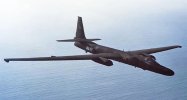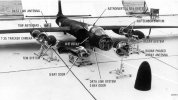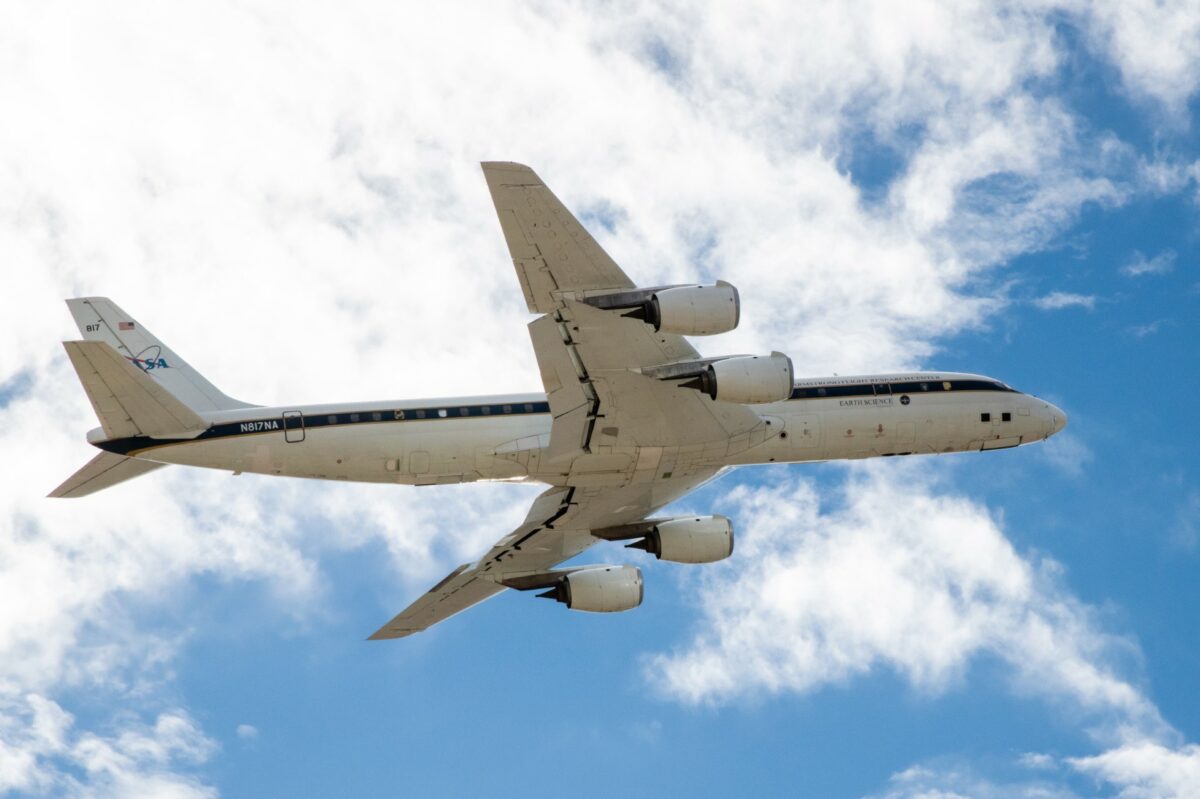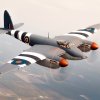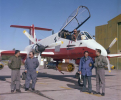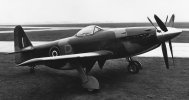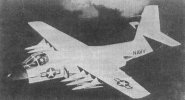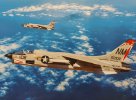Stumbled across a picture of a very, very rare bird! The J5N was designed by Nakajima in 1943 it was to have a top speed of 414mph. For maximum utilization of the power from the twin engines, large four-blade propellers were fitted, The main wheels retracted rearwards into the engine nacelles, and the tailwheel was fixed. The cockpit was set above the wing, and featured a starboard-opening canopy. The nose was streamlined to offer the pilot an excellent forward view during landing, take-off and taxiing. The armament of the J5N was impressive, and consisted of two 30 mm and two 20 mm cannon. She was designed to combat the heavily-armed US fighters in the Pacific at that time, and, thus, the armament would have done severe damage to these aircraft. To concentrate the firepower, the four cannons were mounted in the nose of the J5N.
The JNAF authorized the development of the J5N1, assigned the name Tenrai ("Heavenly Thunder") with a run of six prototypes. The first prototype, made its first flight July 13, 1944, was something of a disappointment. The top speed attained was only 371 mph. Despite the other five prototypes flying as well, with numerous enhancements, the aircraft never achieved its design speed, and the project was abandoned soon after. The “little known” part is that in the photo below a captured J5N Tenrai has been loaded aboard a U.S. carrier for a trip to the US and further testing. I wonder what happened to the airframe?
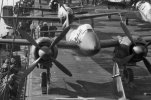
The JNAF authorized the development of the J5N1, assigned the name Tenrai ("Heavenly Thunder") with a run of six prototypes. The first prototype, made its first flight July 13, 1944, was something of a disappointment. The top speed attained was only 371 mph. Despite the other five prototypes flying as well, with numerous enhancements, the aircraft never achieved its design speed, and the project was abandoned soon after. The “little known” part is that in the photo below a captured J5N Tenrai has been loaded aboard a U.S. carrier for a trip to the US and further testing. I wonder what happened to the airframe?


